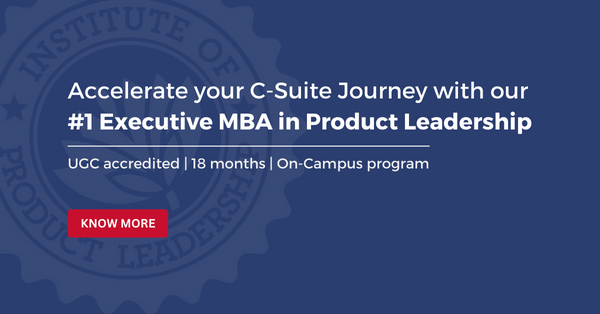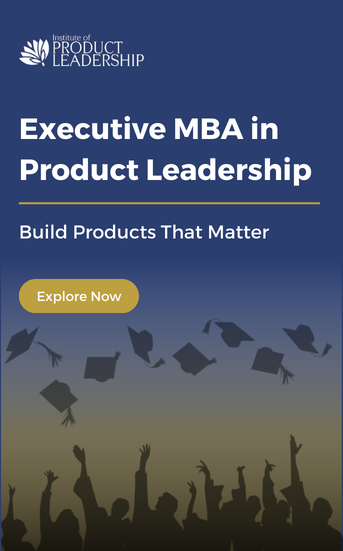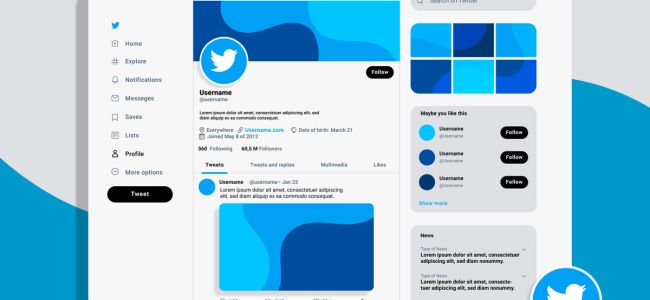- blogs
- 5 min read
Bill and Melinda Gates took the stage at TED 2014 for an interview with Chris Anderson. It was a remarkable interview that gave an insight into the couple’s approach to philanthropy, raising their children while being the richest family in the world, and their shared belief in responsibility. Both Bill and Melinda Gates have genuine concern about the big problems facing societies and they are using their wealth to solve these problems for the greater good.
One of the big takeaways of this interview for me was the partnership and complementary qualities they both bring to the Gates Foundation and their work.
Bill Gates, it seems, decides a problem is worth solving based on macro-level data and statistics, for example, reducing child mortality, or eradicating polio worldwide. He then meets the scientists and experts in the respective fields to understand how these problems can be solved, what solutions, e.g., vaccines, are feasible, why previous approaches did not have the desired results, and so on.
Delivering Value
As Melinda Gates demonstrates, it is not simply enough to understand the problem. It is also important to understand what might impede the adoption of a solution. There are various factors that contribute to the “total cost of ownership”. Some of these are tangible and quantifiable, such as costs of procurement, costs of deployment, add-on services necessary to make the product work in a specific configuration or environment, etc., while the aspect of being labeled a “Glasshole” can entail some emotional and social costs.
Understanding adoption constraints is very important. They influence the design of the product. When I worked at McAfee and the team built the technology for the first cloud-enabled anti-virus solution, one of the design criteria was that customers should not have to upgrade their anti-virus product. We wanted hundreds of millions of McAfee customers to have this capability as soon as possible, without having to go through a product refresh and upgrade cycle. The technology was built and delivered keeping this high in mind.
Organizational Structure
Bill and Melinda Gates provide a model of collaboration and partnership that all of us building products can aspire to reach. She aptly summarizes it with:
“I know when I come home, Bill is going to be interested in what I learnt. And he knows when he comes home, I’ll be interested. We have a collaborative relationship, but we don’t spend every minute together.”
There is clear division of roles and responsibilities. Clearly Melinda Gates does not sit in on every technical meeting that Bill has with scientists and experts in various fields. She could not do her work in the field if she were to do that. Yet, in many organizations, when I speak with product managers and executives, I hear that product managers end up attending more than the necessary share of engineering meetings. They also end up being project managers. This carries a high opportunity cost. Everyone tries to know and stay up to date with everything there is to know on a project, but this is just not practical. This is where we need to rely on each other with trust.
Having strong project managers allows product managers keep a good balance between inbound and outbound activities. Similarly, for teams being Agile, the Product Owner is a role that works with engineers more closely and tactically on a day to day basis allowing the Product Manager to be more strategic with understanding the market, customers and competition.
Healthy Tension vs Healthy Debate
Let’s assume that Bill and Melinda Gates are like any other couple in that they don’t agree on everything and debate with and question each other. As long as this happens in a collaborative manner without losing sight of the goal, without egos and personalities getting involved, it makes for a great partnership.
Many product teams get caught up in the opposite, unfortunately. Engineering leaders don’t trust product managers to know and prioritize what the product needs to do. Product managers think that engineering leaders are being less than forthcoming with estimates and schedules. These are real issues teams face, so I am not minimizing them. Everyone likes to think that a little bit of “healthy tension” goes a long way in keeping everyone honest. Well, tension cannot be healthy, debates can be healthy, and they should. Teams that work effectively leave pride and ego at the door. They have the realization that every individual has an opportunity to contribute to the learning and growth of another, and the goal is bigger than any one of them.
The technologists and product managers both have unique strengths. A high degree of collaboration, mutual trust and the right organizational structure can help both to partner effectively towards a common goal. Bill and Melinda Gates set a great example.
Frequently Asked Questions
The 6 techniques used to master influence and persuasion skills are reciprocity, scarcity, authority, consistency, liking, and consensus.
The principle of reciprocity suggests that people tend to give to others what has been given to them. By offering attention, information, or respect to others, you’re likely to receive the same in return.
Good influence and persuasion skills help in exerting power over others without authority. It helps bring people on the same page. They can inspire people into action and drive business outcomes.






